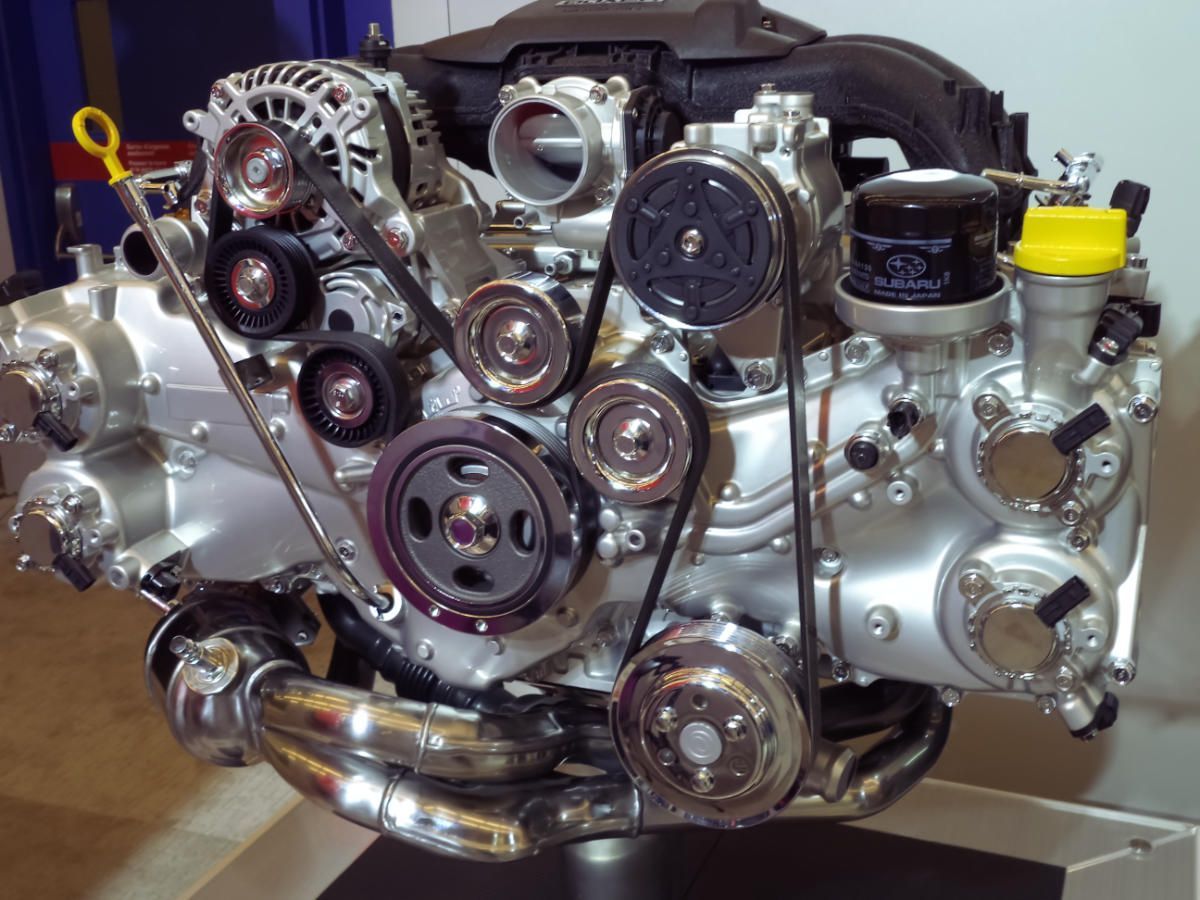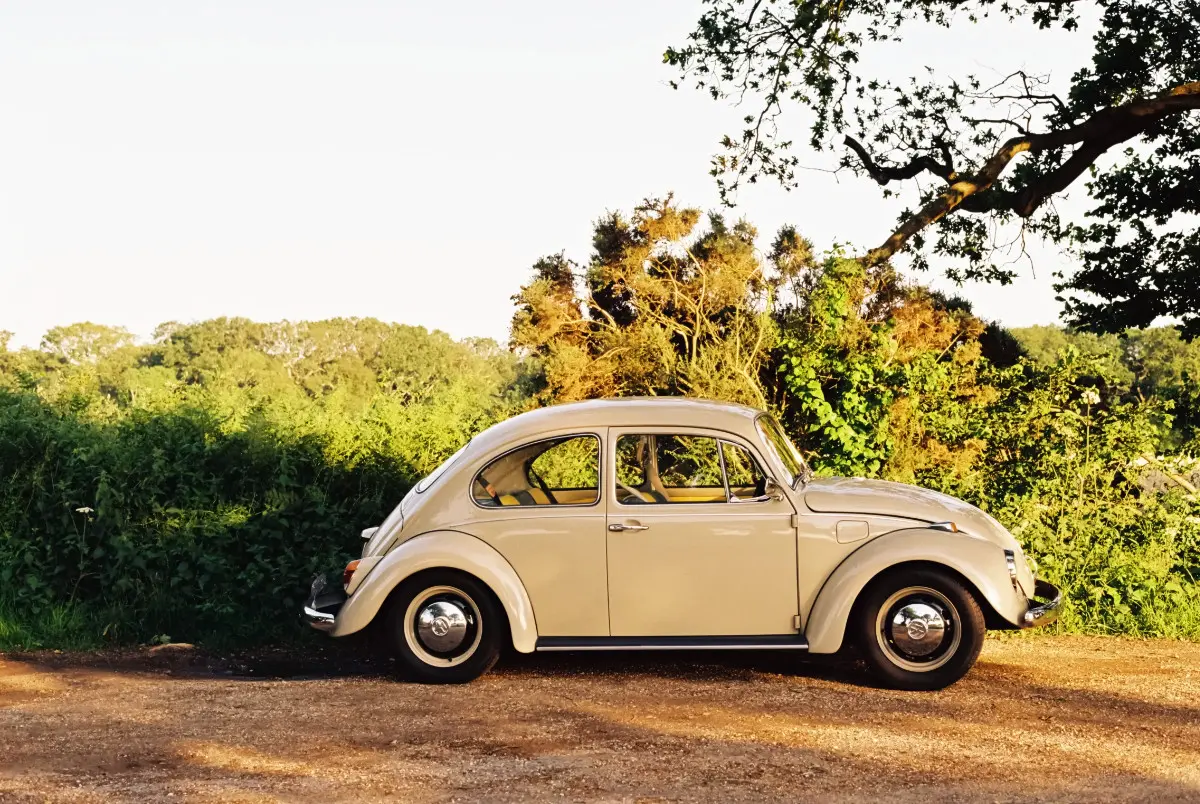Who Invented the Boxer Engine?
Learn about the history of the boxer engine, who invented it, and why so few car models use boxer engines today.

Boxer engines are a bit of a rare breed; aside from a couple of Porsches and Subaru's current model lineup, there are very few cars that use boxer engines today. At present, the boxer configuration is probably one of the rarer engine configurations that exist.
But where exactly did this design come from, and why was it invented to begin with? Well, in this article, we aim to answer all that. We'll be sharing with you the origins of the boxer engine and who invented it, and we'll also talk about why you don't see more cars on the road today with boxer engines.
The History of the Boxer Engine
A lot of people probably assume that Ferdinand Porsche invented the boxer engine; after all, the first production car to actually use a boxer engine was the Volkswagen Beetle, which, of course, Porsche designed. However, the boxer engine actually existed long before the Beetle was ever conceived.
The boxer engine, as it turns out, was invented by none other than Karl Benz, the man best known for inventing the car itself. Benz's first boxer engine was a two-cylinder unit, of which two versions were developed. One version produced 5 horsepower from 1.7 liters of displacement, and the other produced 8 horsepower from 2.7 liters.
This engine was first developed all the way back in 1897 and was initially called the "kontra" engine ("kontra" meaning "against" in German). The intent behind the design of the boxer engine was to create an engine that would naturally balance itself while running, thereby eliminating most of the engine vibrations.
While Benz's design was certainly successful in that regard, it took a long time until boxer engines started appearing in cars more commonly. A few British cars produced around the turn of the 20th century used boxer engines, but the use of this engine was far from widespread.
The boxer engine only really started getting recognition when it was put into the Volkswagen Beetle in 1938. The original Beetle is obviously one of the most iconic cars ever invented, and it really helped put the design of the boxer engine on the map, so to speak.
However, while Volkswagen is the first company (at least, the first company of consequence) to have actually used a boxer engine in a vehicle, they're not the company most known for using boxer engines. That, of course, would be Subaru.
Subaru is famous for using boxer engines in basically all of their cars since 1966. The first Subaru to use such an engine was the Subaru 1000, which had a 1.0-liter boxer-four that made 54 horsepower. Interestingly, the 1000 was also one of the only front-wheel-drive cars Subaru ever made; most other Subarus are either all-wheel-drive or rear-wheel-drive.
What's the Difference Between a Flat Engine and a Boxer Engine?
If you've ever heard the term "flat engine" being used before, you might think that someone was talking about a boxer engine. People tend to use these terms interchangeably, and indeed, when someone is talking about a flat engine, they are most likely talking about a boxer engine.
That being said, while all boxer engines are flat engines, not all flat engines are boxer engines. There is one key difference between boxer engines and other flat engines that sets them apart, and it has to do with the fact that the pistons in a boxer engine use separate crankpins.
This means that when a boxer engine is running, the opposing pistons in the engine move inwards and outwards simultaneously. In a flat engine, however, the opposing pistons share the same crankpin so that while one piston moves outward, the piston on the opposite side is moving inward.
Essentially, flat engines that aren't boxer engines are just V engines, except in this case, the V is so wide that it's 180 degrees. Aside from the separate crankpins, though, boxer engines are basically identical to flat engines in terms of their appearance.
Why Aren't Boxer Engines More Common?
At this point, you might be wondering why exactly it is that boxer engines aren't used in more vehicles. Overall, boxer engines are solidly designed engines with several advantages over inline or V-shaped engines, but they also have several disadvantages that have stopped them from becoming more popular.
First, however, we should address what boxer engines get right. As we've mentioned already, one of the main advantages of boxer engines is the fact that they're inherently balanced when they're running, which makes them very smooth.
Another big advantage is the fact that boxer engines have a much lower center of gravity than inline or V-shaped engines due to the fact that their mass is spread out over a wide, mostly flat area. Having a lower center of gravity improves the car's handling and decreases body roll.
Boxer engines are also easier to keep cool than inline or V-shaped engines; because the engines aren't as tall, it's easier for coolant to circulate properly throughout the engine, as the coolant doesn't have to work as hard against the forces of gravity.
Boxer engines can also be a bit safer than other kinds of engines too. Because the engines are so short, in the event of an accident where the engine gets pushed back into the passenger compartment, there's less of a chance that the engine will cause serious injuries.
With all that being said, there are some disadvantages to the design of boxer engines. One of the biggest is the fact that boxer engines are a lot wider than other types of engines, which often leads to packaging issues. In cars with boxer engines, you'll often find that the engine is really crammed into the engine bay without a lot of extra space.
Unfortunately, this means that it's often a lot harder to perform maintenance on a boxer engine than it is on other engine types. Even something as basic as changing spark plugs can be a lot more of an ordeal with a boxer engine.
Finally, there's the fact that boxer engines are just more expensive in general. They're usually a bit more expensive to design and manufacture than other engine types due to their increased complexity, and because they're often harder to maintain, maintenance costs are often higher as well.
Also read:





